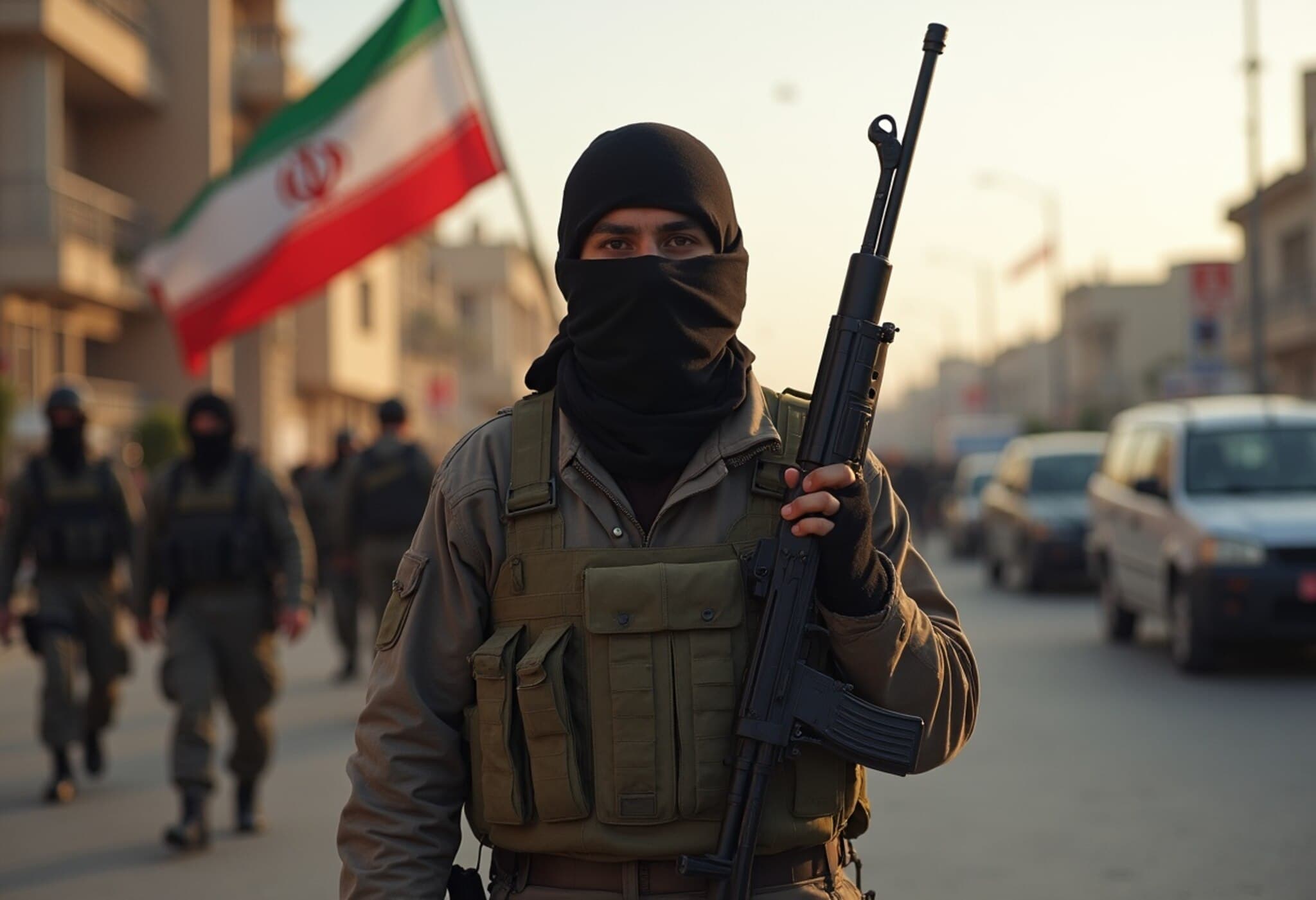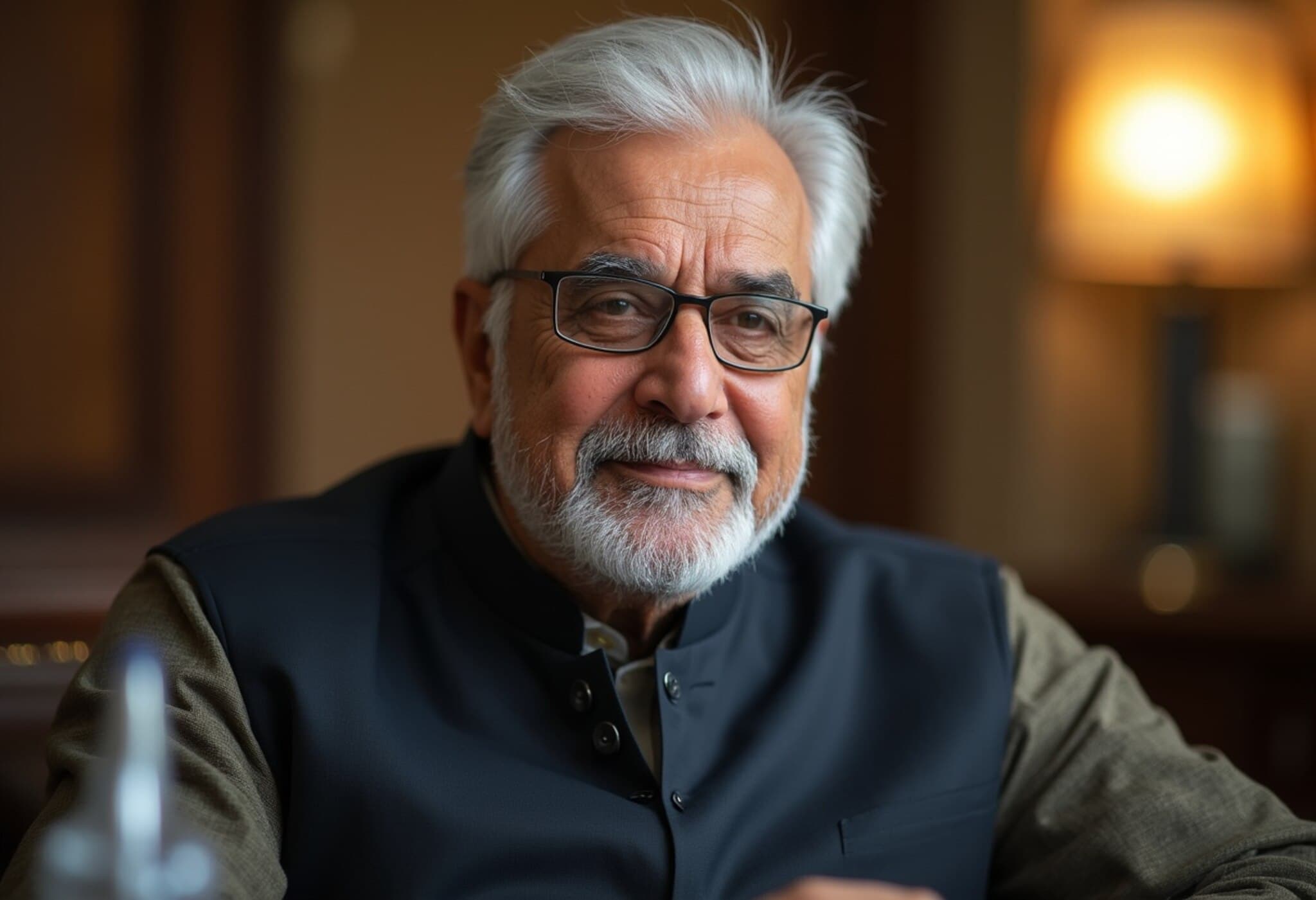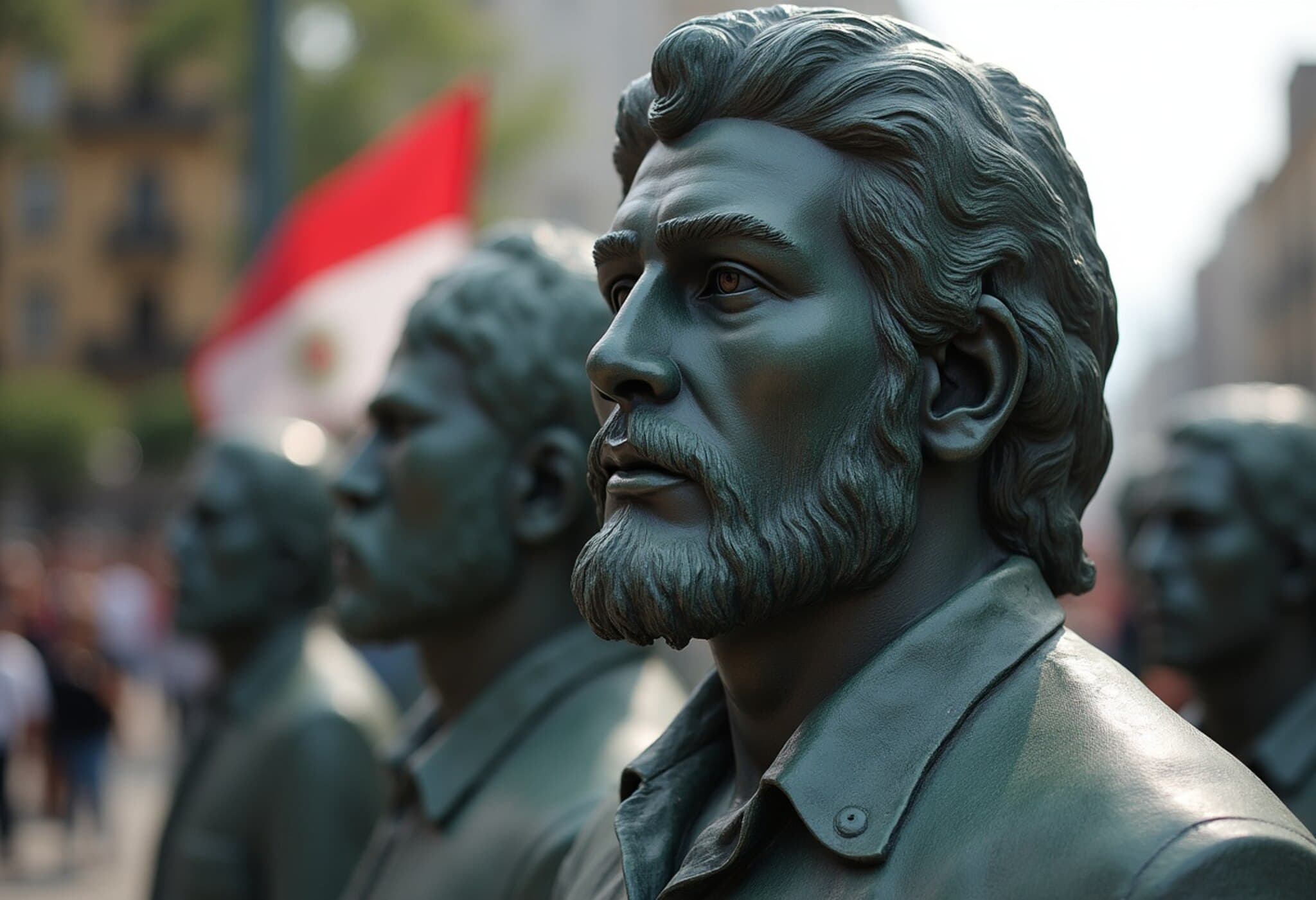At Least Eight Dead in Coordinated Terror Assault on Zahedan Judicial Complex
On July 26, 2025, tragedy struck the southeastern Iranian city of Zahedan as gunmen launched a brutal attack on the local judiciary center, leaving at least eight people dead and more than 13 injured. Iranian state media and international agencies swiftly labeled the incident a "terrorist attack," underscoring its alarming implications for regional security and justice institutions.
Attack Details and Aftermath
The assault unfolded swiftly, with multiple attackers firing at the judiciary compound in Sistan-Baluchistan province's capital. Eyewitnesses reported intense gunfire and explosions, with some Iranian sources suggesting involvement of a suicide bomber. Security forces rapidly engaged the assailants, ultimately killing all three attackers and initiating rescue operations amid chaotic conditions.
Among the fatalities were five civilians, while the remaining casualties included both security personnel and assailants. Local authorities remain tight-lipped as investigations continue, with Deputy Police Commander Alireza Daliri confirming ongoing inquiries into the incident’s full scope and motives.
Who Claimed Responsibility?
According to several reports cited by the Agence France-Presse (AFP), the militant group Jaish al-Adl, meaning "Army of Justice," has claimed responsibility. This Baloch jihadist faction operates mainly from neighboring Pakistan but maintains a destabilizing presence in Iran’s border regions. Their choice of a judiciary center as a target signals a concerted attempt to undermine state authority and exacerbate ethnic and ideological tensions in the borderlands.
Contextualizing the Attack: Regional Security and Broader Implications
The attack spotlights the volatile security landscape of Iran's Sistan-Baluchistan province, historically afflicted by insurgency and ethnic grievances. Jaish al-Adl’s operations have drawn attention to transnational militancy that complicates Iran-Pakistan relations and poses challenges for counterterrorism efforts in South Asia.
From an American policy perspective, such attacks highlight the increasing risks posed by non-state armed groups exploiting porous borders and weak governance. It raises pressing questions for U.S. and allied security partnerships regarding intelligence-sharing, border security, and counterterrorism cooperation in this strategic region.
Underreported Angles and Critical Questions
- What are the humanitarian impacts on the local Baluch population caught in the crossfire of militancy and state response?
- How does the Iranian government’s handling of judicial and law enforcement infrastructure in restive provinces affect long-term stability?
- What role do regional rivalries and ethnic identity politics play in fueling conflicts in southeastern Iran?
- Could amplified engagement with Pakistan and international actors improve cross-border counterterrorism coordination?
Voices from the Ground
Rights groups such as HAALVSH have relayed eyewitness accounts indicating high casualties among judiciary officials and security staff, painting a grim picture of the attack's immediate human toll and the psychological impact on civil servants tasked with upholding justice.
Looking Ahead: Vigilance Amid Fragility
This violent episode serves as a sobering reminder of the vulnerabilities judicial institutions face amid geopolitical volatility and militant insurgency. As Iran strengthens its internal security apparatus, balancing firm law enforcement with community engagement will be key to quelling unrest and fostering resilience in marginalized border regions.
Editor’s Note: Beyond the headlines lies a complex tapestry of ethnic tensions, border politics, and regional militant activities demanding nuanced policy responses. For readers, reflecting on the human cost behind terror incidents and questioning the adequacy of current security frameworks is as important as following breaking news. How can international partners contribute constructively without exacerbating local grievances? This remains an open, critical question.











